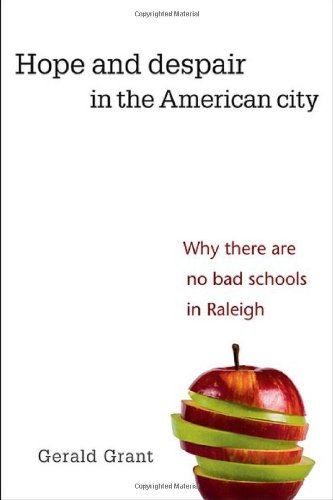

Most ebook files are in PDF format, so you can easily read them using various software such as Foxit Reader or directly on the Google Chrome browser.
Some ebook files are released by publishers in other formats such as .awz, .mobi, .epub, .fb2, etc. You may need to install specific software to read these formats on mobile/PC, such as Calibre.
Please read the tutorial at this link: https://ebookbell.com/faq
We offer FREE conversion to the popular formats you request; however, this may take some time. Therefore, right after payment, please email us, and we will try to provide the service as quickly as possible.
For some exceptional file formats or broken links (if any), please refrain from opening any disputes. Instead, email us first, and we will try to assist within a maximum of 6 hours.
EbookBell Team

4.0
36 reviewsIn 1972, the U.S. Supreme Court handed down a 5–4 verdict in the case of Milliken v. Bradley, thereby blocking the state of Michigan from merging the Detroit public school system with those of the surrounding suburbs. This decision effectively walled off underprivileged students in many American cities, condemning them to a system of racial and class segregation and destroying their chances of obtaining a decent education.
In Hope and Despair, Gerald Grant compares two cities—his hometown of Syracuse, New York, and Raleigh, North Carolina—in order to examine the consequences of the nation’s ongoing educational inequities. The school system in Syracuse is a slough of despair, the one in Raleigh a beacon of hope. Grant argues that the chief reason for Raleigh’s educational success is the integration by social class that occurred when the city voluntarily merged with the surrounding suburbs in 1976 to create the Wake County Public School System. By contrast, the primary cause of Syracuse’s decline has been the growing class and racial segregation of its metropolitan schools, which has left the city mired in poverty.
Hope and Despair is a compelling study of urban social policy that combines field research and historical narrative in lucid and engaging prose. The result is an ambitious portrait—sometimes disturbing, often inspiring—of two cities that exemplify our nation’s greatest educational challenges, as well as a passionate exploration of the potential for school reform that exists for our urban schools today.